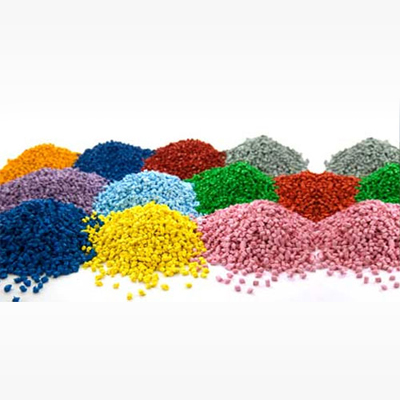Injection moulding - How companies can \'mould\' their own production

“Injection molding is a manufacturing process for producing parts by injecting material into a mould. Injection moulding can be performed with a host of materials, including metals, glasses, elastomers, confections, and most commonly thermoplastic and thermosetting polymers. Material for the part is fed into a heated barrel, mixed, and forced into a mould cavity where it cools and hardens to the configuration of the cavity. After a product is designed, usually by an industrial designer or an engineer, moulds are made by a mouldmaker (or toolmaker) from metal, usually either steel or aluminum, and precision-machined to form the features of the desired part. Injection moulding is widely used for manufacturing a variety of parts, from the smallest components to entire body panels of cars.”
Plastic housing is one of the most common finished products of injection moulding, used to produce thin-walled plastic parts. Plastic housing is a thin-walled enclosure, many a time demanding many ribs and bosses on the inside. These houses are used in an array of products including household appliances, consumer electronics, power tools, and as automotive dashboards. Injection moulding is also used to manufacture valves and syringes that are used in the medical industry.
The moulding procedure is complex. Hence, parts to be injection moulded needs to be designed with sufficient care keeping into account, the substance used for the part, the desired shape and features of the part, mould material and also the various properties of the moulding machine.
An interesting variety of injection moulding is Compression Injection Moulding.
Compression Injection Moulding (CIM) aims “to combine the high productivity of Conventional injection moulding with the Stress Free moulding obtained by Compression Moulding. It is well suited for articles with a high Flow path/wall thickness ratio. It is possible to mould articles on a lower Clamp tonnage than conventional Injection moulding.”
If we look into the past, compression moulding would come out to be the initial grounds on which moulding of plastics began to develop itself from. Most Thermosets are compression moulded till date, though most thermoplastics are indeed injection moulded. They are melt-processible, making it ideal for injection moulding.
The plastics industry, especially injection moulding companies have witnessed an aggressive change in the economics. With the automotive and electronics business eyeing the east and a continual necessity to keep costs at check, it becomes imperative to better operations within the industry. A possibility could be building a new profile of potent customers in a new feasible market environment.
Let us talk about moulding in the medical industry.
And why not? If one would like to explore such avenues CEOs and CFOs must be ready so as to be able to make those crucial decisions.
Medical Injection Molding (MIM) is a process that is much more than the field of just plastics. It has a process that involves more than just a machine, mould or any other material. Quality control capacities and operation-controls – these are aspects that just cannot be compromised. An ISO systems of checking or standardizing quality is being followed and mostly that is at an ISO-13485 mark. This means that for standing out to medical devices buyers, one would need such quality control system compliant output.
Raw materials are significant too- a thorough review of the material used that includes colourants, processing aids, stabilizers, etc is mandatory. Maintaining records and bringing in a lot control is another requirement. Cleanliness and hygiene, again are crucial in the medical industry. There are separate standards for these as well that need to be maintained in production units. Design of the final output – can either be a contribution chance or an impediment!
When it comes to technology, one would want to look at hygiene, process control and automation, data retention/control and other equipment that would contribute largely to the total moulding, process.
In a nutshell, injection moulding can well be "moulded" according to needs of the market and demand.
image source:http://www.rutlandplastics.co.uk/moulding_machine.shtml



